Home>Garden Essentials>Crop Rotation: What To Plant After Carrots
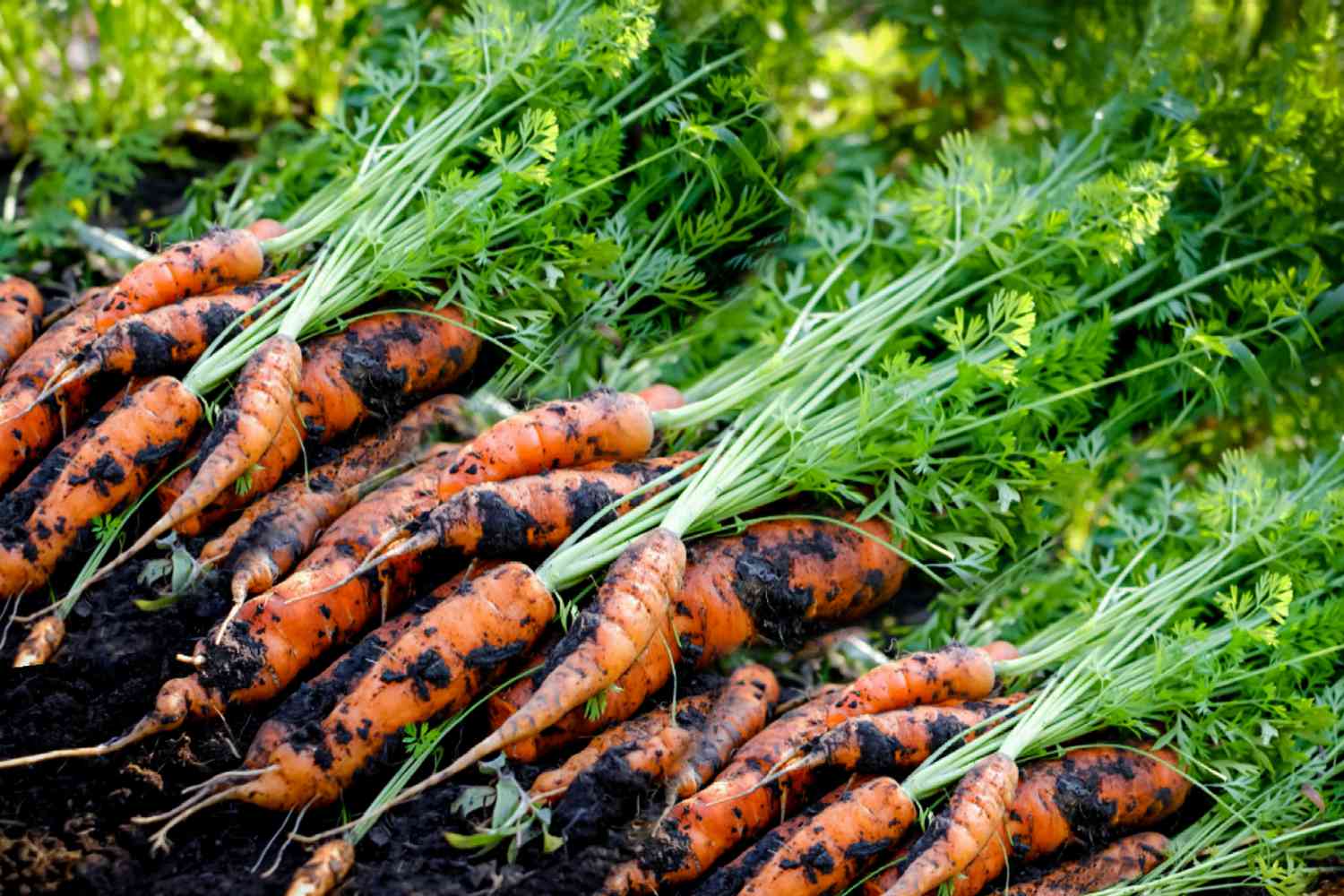

Garden Essentials
Crop Rotation: What To Plant After Carrots
Modified: March 16, 2024
Looking to maximize your garden's yield? Learn about the best crops to plant after carrots in your crop rotation strategy.
(Many of the links in this article redirect to a specific reviewed product. Your purchase of these products through affiliate links helps to generate commission for Storables.com, at no extra cost. Learn more)
Introduction
When it comes to maintaining a successful and thriving garden, one of the key factors to consider is crop rotation. Crop rotation is the practice of systematically changing the types of plants grown in a particular area of the garden from season to season. This simple yet effective technique offers numerous benefits, including improved soil health, pest and disease management, and increased crop yields.
In this article, we will explore the concept of crop rotation specifically for carrots. Carrots are a popular vegetable to grow in home gardens due to their versatility and nutritional value. By understanding what to plant after carrots, you can optimize your garden’s productivity and ensure the long-term health of your soil.
Before we delve into the specific crops to rotate with carrots, let’s take a closer look at the benefits of implementing a good crop rotation strategy.
Key Takeaways:
- Rotate crops after carrots to improve soil health, manage pests, and increase yields. Choose leafy greens, brassicas, legumes, root vegetables, and herbs for a diverse and thriving garden.
- Consider plant family, nutrient needs, root depth, and season when deciding what to plant after carrots. Rotate with leafy greens, brassicas, legumes, root vegetables, and herbs for a healthy garden.
Read more: Crop Rotation: What To Plant After Tomatoes
Benefits of Crop Rotation
Crop rotation offers a range of benefits that contribute to the overall success of your garden. Here are some key advantages:
- Improved Soil Health: One of the primary benefits of crop rotation is its ability to improve soil health. Different plants have different nutrient requirements, and continuously growing the same crop in the same area can deplete the soil of specific nutrients. By rotating crops, you allow the soil to replenish and balance nutrient levels, leading to healthier plants.
- Pest and Disease Management: Crop rotation disrupts the life cycles of pests and diseases. Many pests have specific host plants they feed on, and by rotating crops, you reduce the chances of pests establishing themselves in your garden. Additionally, some plants have natural resistance to certain diseases, so rotating crops helps prevent the buildup of diseases in the soil.
- Increased Crop Yields: By rotating crops, you can improve overall crop yields. Different plants have different nutrient requirements, and by allowing the soil to rest and replenish nutrients, you provide the optimal conditions for each crop to thrive. This leads to healthier plants, increased productivity, and a more bountiful harvest.
- Weed Control: Crop rotation can also help in controlling weeds. Weeds often have specific environmental conditions that favor their growth. By rotating crops, you disrupt the preferred conditions for weeds, making it more challenging for them to establish and spread.
Now that we understand the benefits of crop rotation let’s explore some key considerations when deciding what to plant after growing carrots in your garden.
Considerations for Planting After Carrots
When determining what to plant after growing carrots, there are a few factors to consider to ensure the success of your garden:
- Plant Family: It’s important to avoid planting crops from the same plant family immediately after carrots. Carrots belong to the Apiaceae family, so it’s best to avoid planting other Apiaceae crops, such as parsley, dill, fennel, or celery. Planting crops from a different family helps prevent the buildup of pests and diseases specific to that family and promotes balanced nutrient replenishment.
- Nutrient Requirements: Different crops have varying nutrient requirements. After growing carrots, it’s advisable to choose crops that have different nutrient needs to prevent nutrient depletion in the soil. For instance, legumes like beans or peas are nitrogen-fixing plants that enrich the soil with nitrogen, while leafy greens like lettuce or spinach have higher nitrogen requirements.
- Root Depth: Carrots are root vegetables with relatively deep root systems. Consider planting shallow-rooted crops after carrots to avoid competition for nutrients and space. Leafy greens, herbs, or even radishes can be ideal options as they have shallower roots compared to carrots.
- Planting Season: Take into account the specific planting season for different crops. Some crops thrive better in cooler temperatures, while others prefer warm weather. Plan your crop rotation accordingly to make the best use of your garden space and provide optimal growing conditions for each crop.
- Disease Resistance: Consider the disease resistance of potential crops. Some plants are naturally more resistant to certain diseases, while others are more susceptible. By rotating crops wisely, you can minimize the risk of diseases building up in the soil and ensure healthier plants overall.
Now that we have considered these key factors, let’s explore suitable crops to rotate with carrots for a thriving garden.
Suitable Crops to Rotate with Carrots
When it comes to rotating crops with carrots, there are several options that can complement and benefit your garden. Consider the following suitable crops:
- Leafy Greens: After growing carrots, leafy greens like lettuce, spinach, and kale are excellent choices for rotation. They have shallow root systems, different nutrient requirements, and provide a good contrast to carrots. Leafy greens are quick-growing crops that can be harvested within a few weeks, allowing you to enjoy fresh produce while giving your soil ample time to replenish.
- Brassicas: The brassica family, which includes cabbage, broccoli, and cauliflower, is a great option for crop rotation. These veggies are known for their high nutrient requirements, and by planting them after carrots, you ensure that the soil receives a more balanced replenishment. Additionally, brassicas help break up compacted soil due to their taproot structure.
- Legumes: Leguminous crops like beans and peas are nitrogen-fixing plants that can enrich the soil. After growing carrots, planting legumes can help replenish nitrogen levels, benefiting subsequent crops. Legumes also have a shallow root system, making them compatible with carrots and reducing competition for space and nutrients.
- Root Vegetables: While it’s important to avoid planting root vegetables from the same family immediately after carrots, there are other root crops that can be rotated successfully. Consider planting beets, turnips, or radishes after carrots. These crops offer different nutritional profiles and root depth, promoting overall soil health and reducing the risk of pests and diseases.
- Herbs: Herbs like basil, cilantro, and parsley are excellent options for crop rotation with carrots. They have shallow roots, different nutrient requirements, and can attract beneficial insects to your garden. Herbs also add flavor to your dishes and provide aesthetic appeal to your garden space.
By incorporating these suitable crops into your crop rotation plan, you can optimize soil health, manage pests and diseases, and ensure a diverse and abundant harvest year after year.
In the next section, we will explore how rotating crops with carrots can help improve soil health and fertility.
Planting legumes such as beans or peas after carrots can help replenish the soil with nitrogen, which is essential for healthy plant growth.
Improving Soil Health with Carrot Rotation
Rotating crops with carrots is an effective method for improving soil health and fertility in your garden. Here’s how:
- Nutrient Cycling: Different crops have varying nutrient requirements. By rotating crops, you ensure a more balanced distribution of nutrients in the soil. For example, carrots are known for their high potassium needs, while leafy greens like lettuce have higher nitrogen requirements. By planting leafy greens after carrots, you replenish nitrogen levels and prevent nutrient depletion in the soil.
- Organic Matter Accumulation: Crop rotation allows for the incorporation of organic matter into the soil. For example, after harvesting carrots, you can add compost or well-rotted manure to the soil before planting the next crop. This helps improve soil structure, water retention, and nutrient availability.
- Reduced Pest and Disease Pressure: Crop rotation is an effective strategy for managing pests and diseases. Different crops attract different pests, and by changing the type of crop grown in a specific area, you disrupt the life cycles of pests that may have targeted carrots. Additionally, some plants have natural pest-repellent properties, further reducing the overall pest pressure in the garden.
- Breaks Disease Cycles: Certain diseases can build up in the soil over time, especially when the same crop is continuously planted in the same spot. By rotating crops, you interrupt the life cycles of disease-causing organisms, decreasing the likelihood of disease outbreaks. This helps maintain healthier plants and reduces the need for chemical interventions.
- Increased Soil Biodiversity: Crop rotation promotes soil biodiversity. Different crops attract a variety of beneficial organisms, including earthworms, beneficial insects, and microorganisms. These organisms contribute to nutrient cycling, soil aeration, and overall soil health. By rotating crops, you create a more diverse and resilient ecosystem in your garden.
By implementing a well-planned crop rotation system with carrots as a central component, you can improve soil health and fertility, leading to healthier plants, increased yields, and a more sustainable garden in the long run.
In the next section, we will discuss the importance of pest and disease management in crop rotation.
Pest and Disease Management
Pest and disease management is a critical aspect of successful crop rotation. By implementing effective strategies, you can minimize the risk of pests and diseases damaging your crops. Here are some key considerations:
- Crop Rotation: As mentioned earlier, crop rotation helps disrupt the life cycles of pests that may target specific crops. By rotating crops, you reduce the overall population of pests and decrease the risk of infestations.
- Companion Planting: Choosing companion plants wisely can also contribute to pest management. Some plants naturally repel pests or attract beneficial insects that prey on pests. For example, planting marigolds near your carrots can help deter aphids, while attracting beneficial insects like ladybugs.
- Hygiene: Practicing good hygiene in the garden is essential for pest and disease management. Remove any diseased or infested plants promptly to prevent the spread of diseases. Keep the garden area clean and free from debris that could harbor pests or diseases.
- Physical Barriers: Using physical barriers such as row covers or netting can protect your crops from pests like birds, rabbits, or insects. These barriers create a physical barrier between the plants and pests, reducing the chances of damage or infestation.
- Organic Pest Control: Utilize organic pest control methods when necessary. This may include using insecticidal soaps, neem oil, or biological controls such as beneficial nematodes or predatory insects. These methods are safe for the environment and minimize the use of synthetic chemicals.
- Sanitation: Keep your gardening tools and equipment clean to prevent the spread of diseases. Disinfecting tools between uses and avoiding cross-contamination can help maintain a healthy garden environment.
By implementing these pest and disease management strategies as part of your crop rotation plan, you can ensure healthier plants, higher yields, and a more resilient garden ecosystem.
As we conclude, it’s important to remember that successful crop rotation is an ongoing process that requires careful planning and monitoring. By making informed choices about what to plant after carrots and considering the specific needs of each crop, you can maintain the health and productivity of your garden year after year.
Conclusion
Crop rotation is a valuable technique that can greatly benefit your garden, and specifically rotating crops after growing carrots can have a positive impact on soil health and overall garden productivity. By understanding the benefits of crop rotation, considering the right crops to plant after carrots, and implementing effective pest and disease management strategies, you can create a thriving and sustainable garden ecosystem.
Through crop rotation, you improve soil health by promoting nutrient balance, organic matter accumulation, and the breakage of disease cycles. Additionally, crop rotation helps with pest management by disrupting pest life cycles, utilizing companion planting, and providing physical barriers. These practices contribute to higher crop yields, reduced reliance on chemical interventions, and a healthier garden overall.
When deciding what to plant after carrots, it is important to consider factors such as plant family, nutrient requirements, root depth, and planting season. By choosing suitable crops like leafy greens, brassicas, legumes, root vegetables, and herbs, you ensure diverse and complementary rotations with carrots, promoting soil health and avoiding pest and disease buildup.
Incorporating crop rotation into your gardening routine requires ongoing observation, planning, and adaptability. Regularly monitor your garden for signs of pests, diseases, and nutrient deficiencies, and adjust your crop rotation plan accordingly. By taking a proactive approach and staying attentive to your garden’s needs, you can enjoy a thriving and abundant harvest year after year.
So, whether you’re an experienced gardener or just starting out, consider incorporating crop rotation with carrots into your gardening practices. By implementing this simple yet effective technique, you can maximize the potential of your garden, enhance soil health, and enjoy the rewards of a vibrant and productive outdoor space.
Frequently Asked Questions about Crop Rotation: What To Plant After Carrots
Was this page helpful?
At Storables.com, we guarantee accurate and reliable information. Our content, validated by Expert Board Contributors, is crafted following stringent Editorial Policies. We're committed to providing you with well-researched, expert-backed insights for all your informational needs.

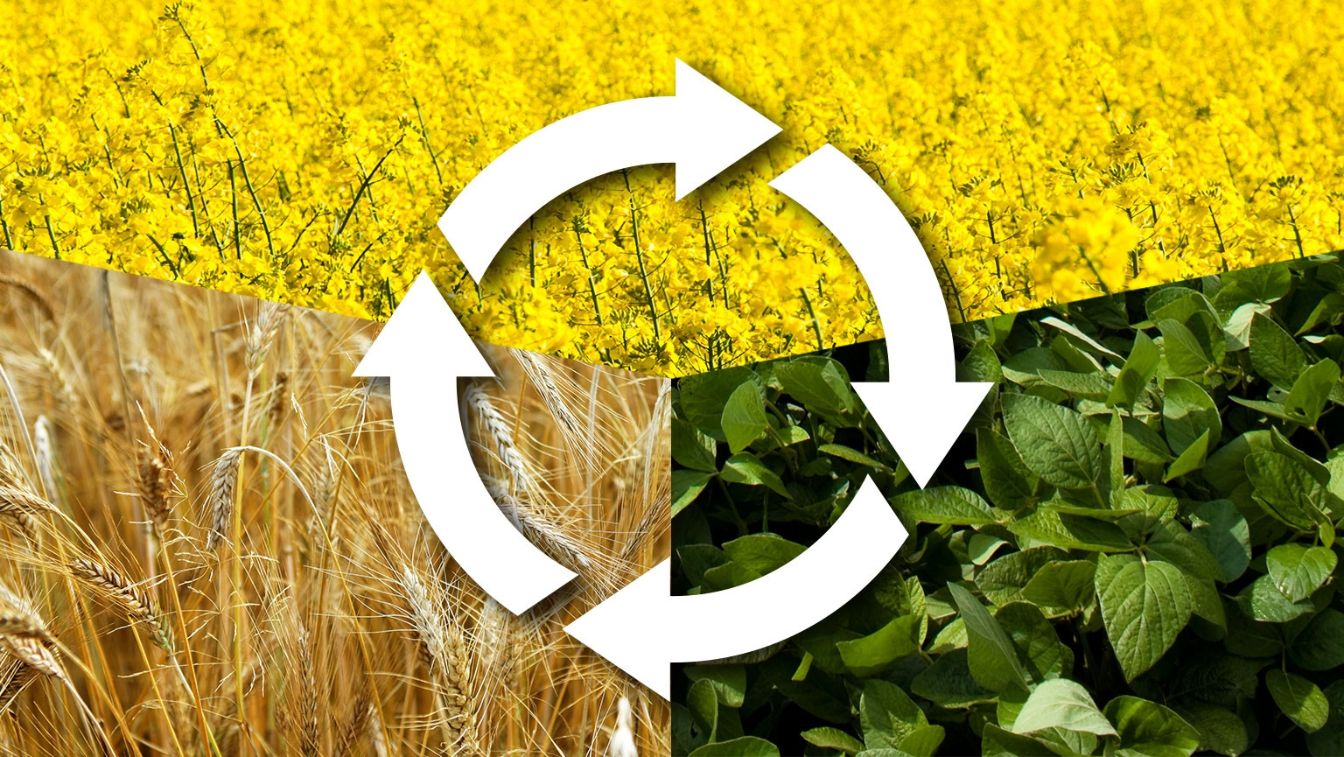
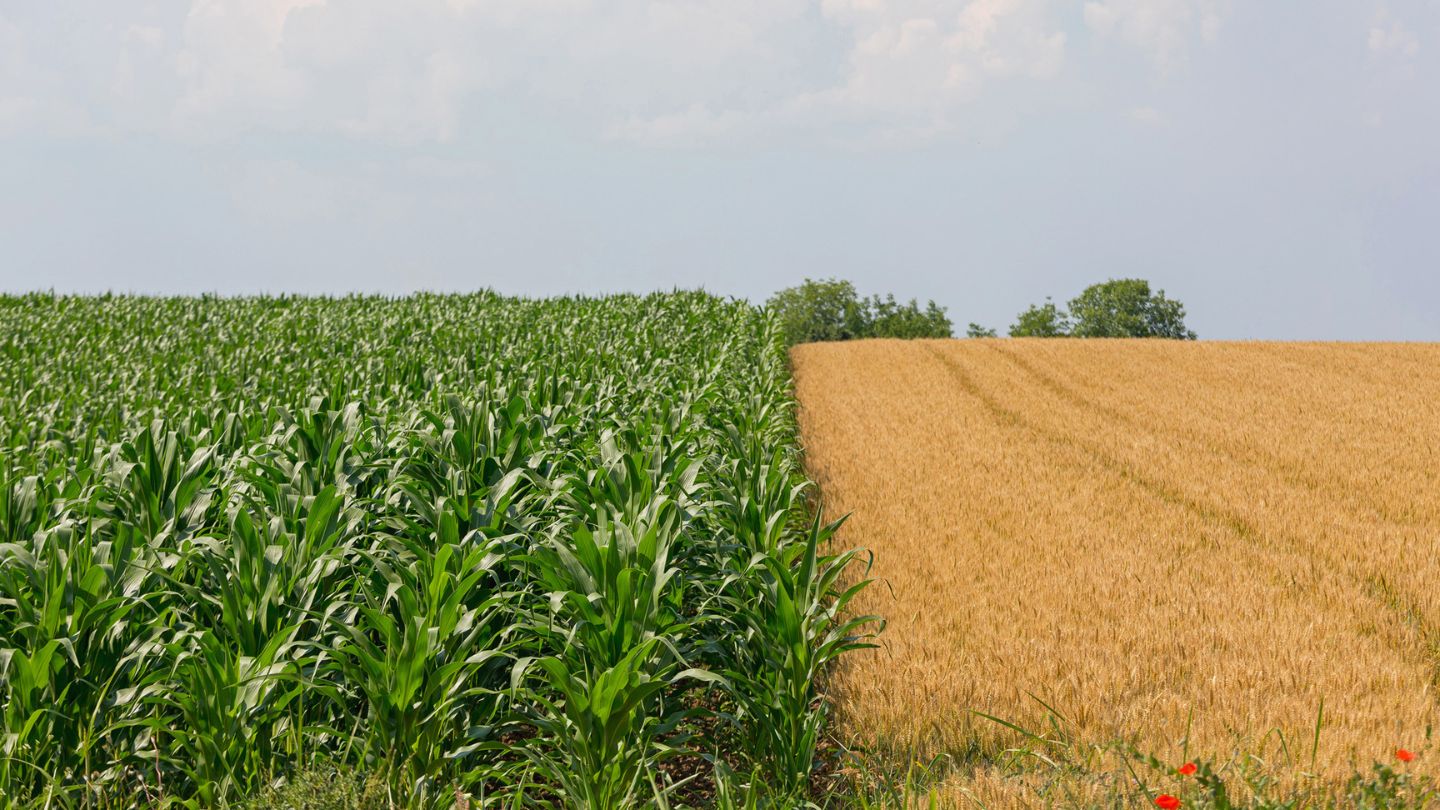
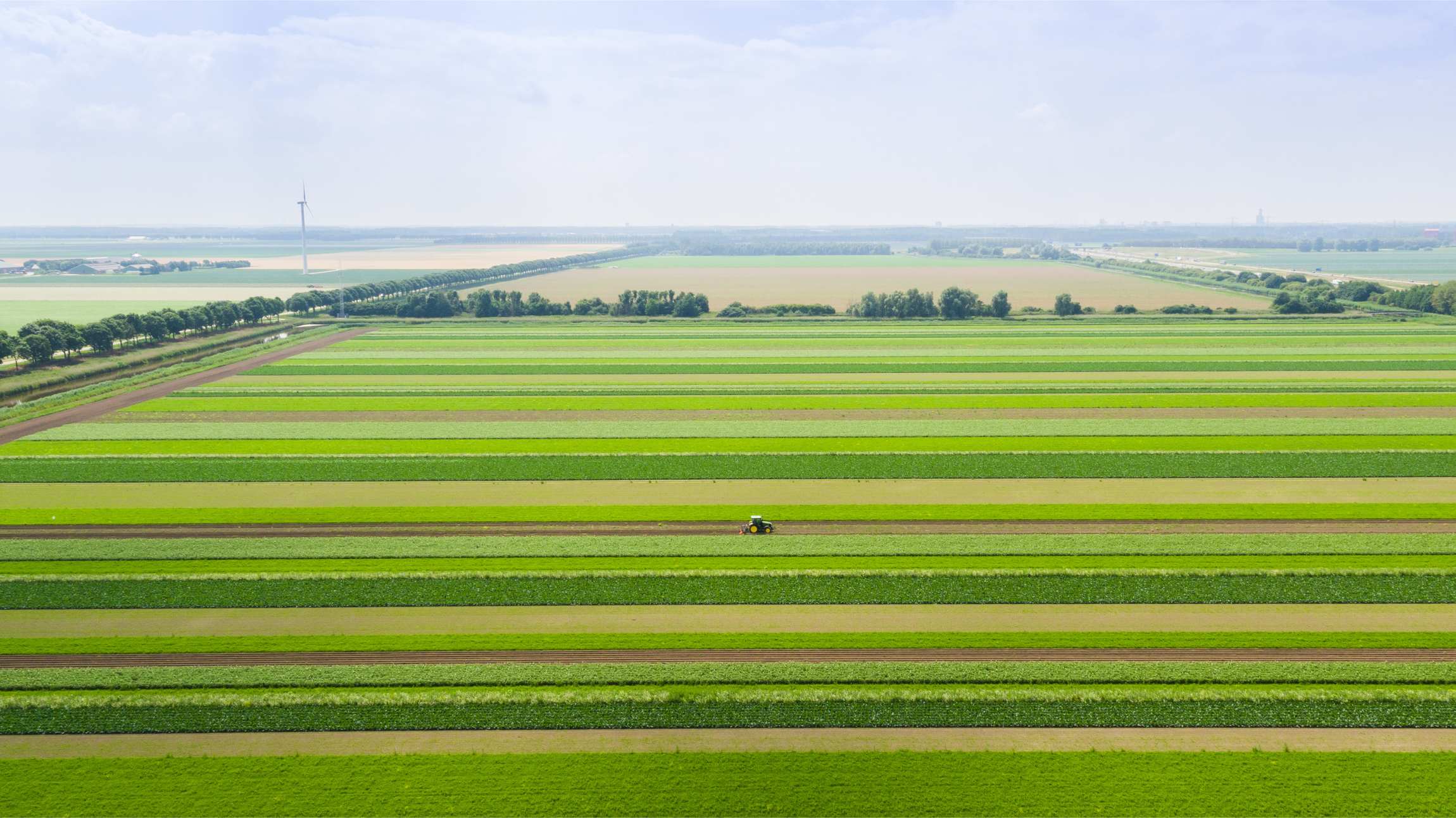



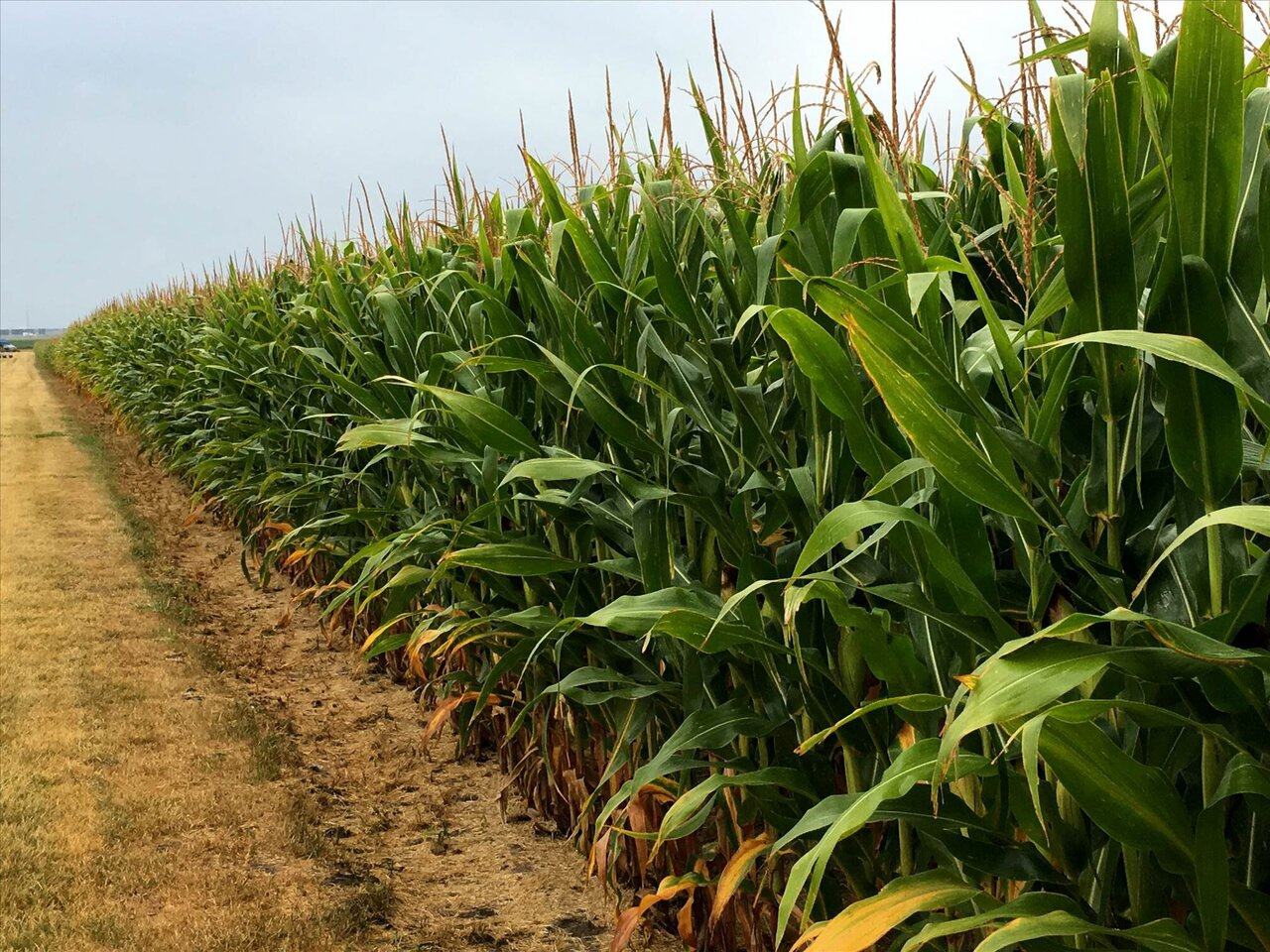
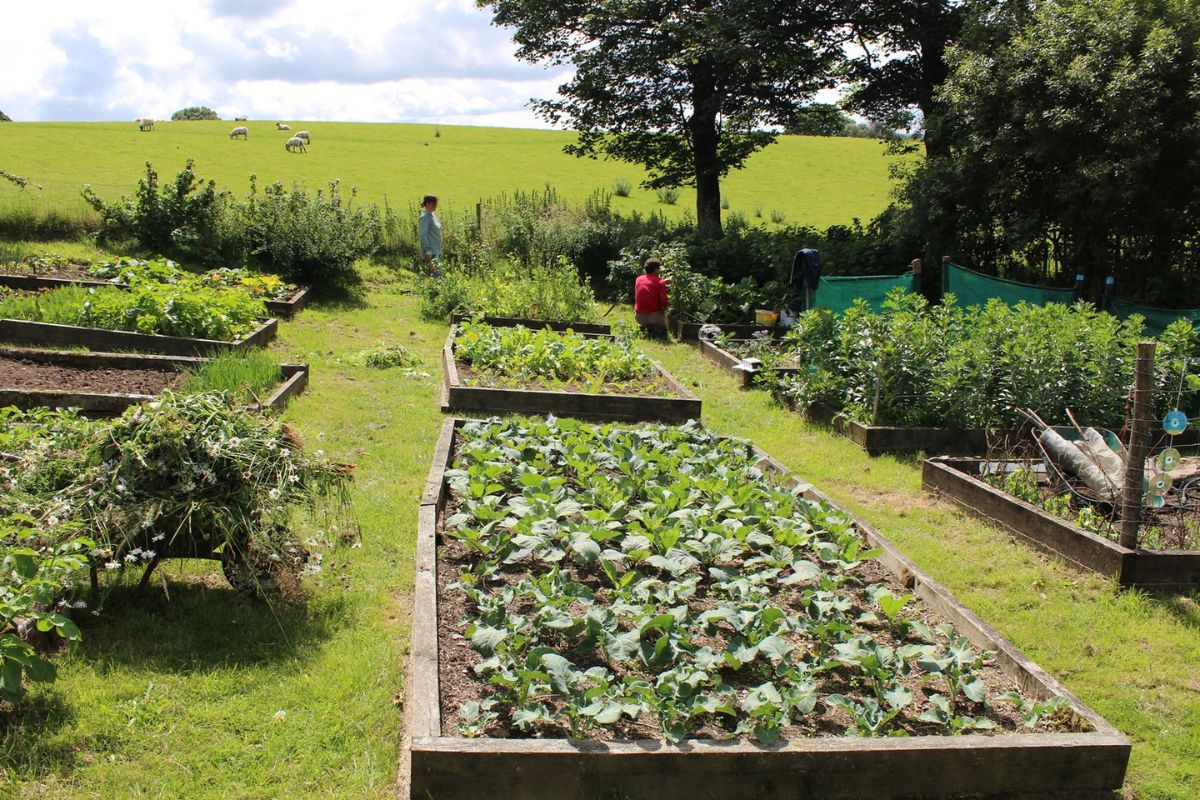
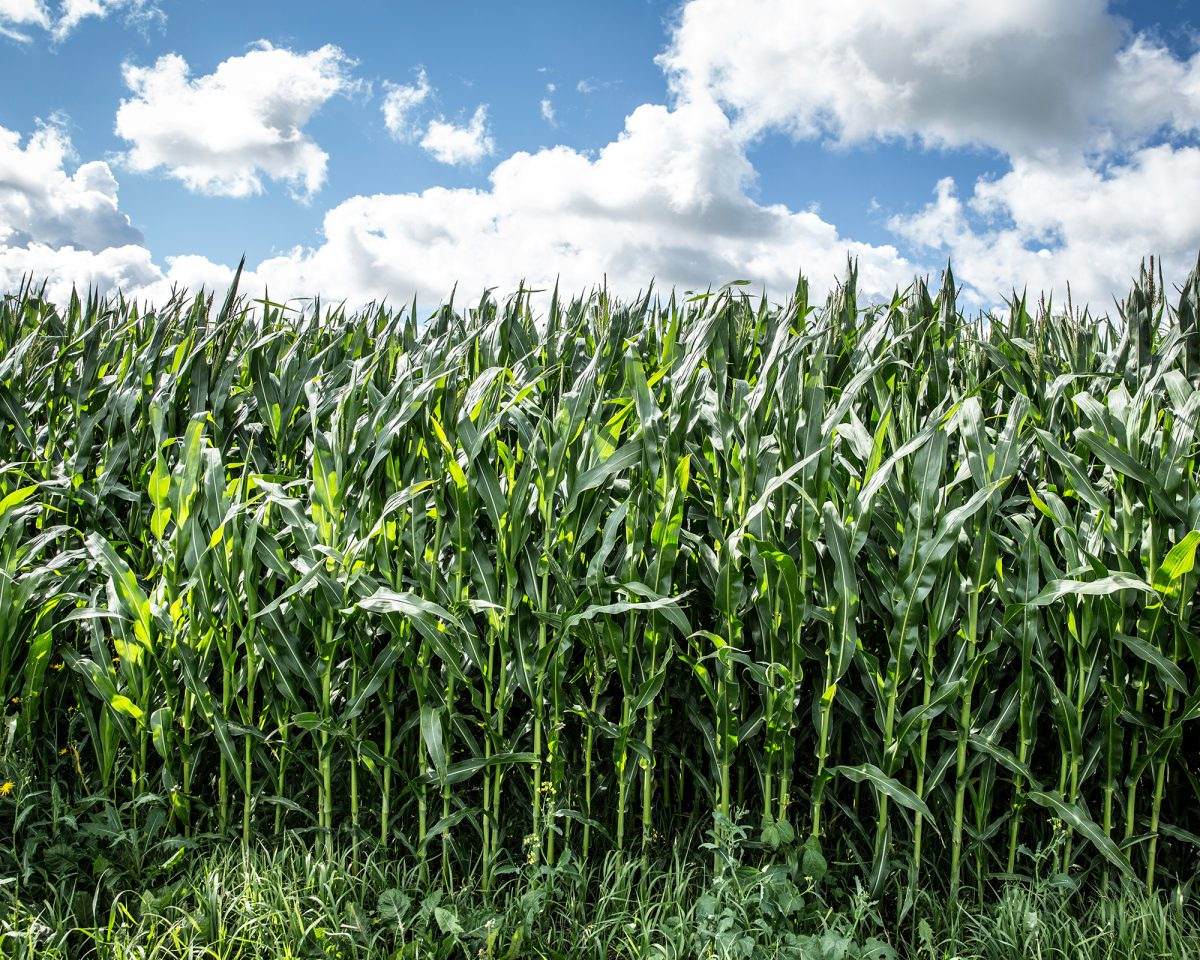
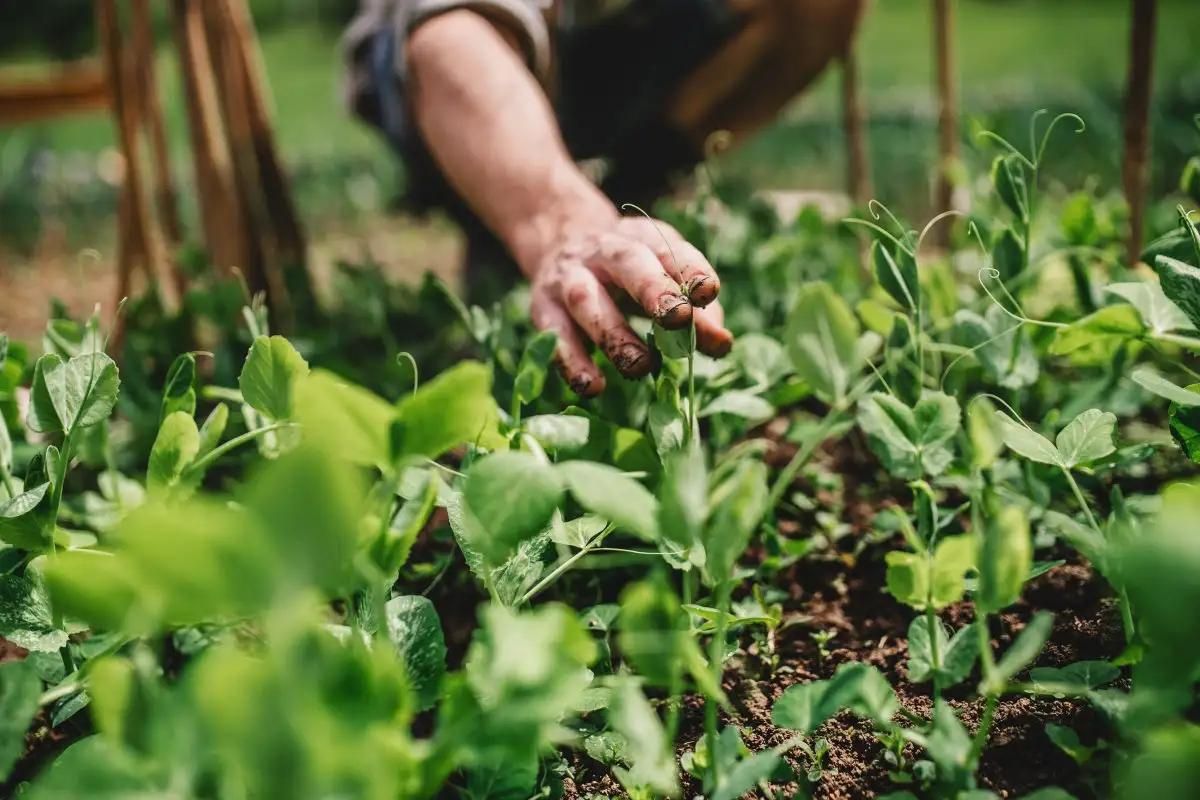
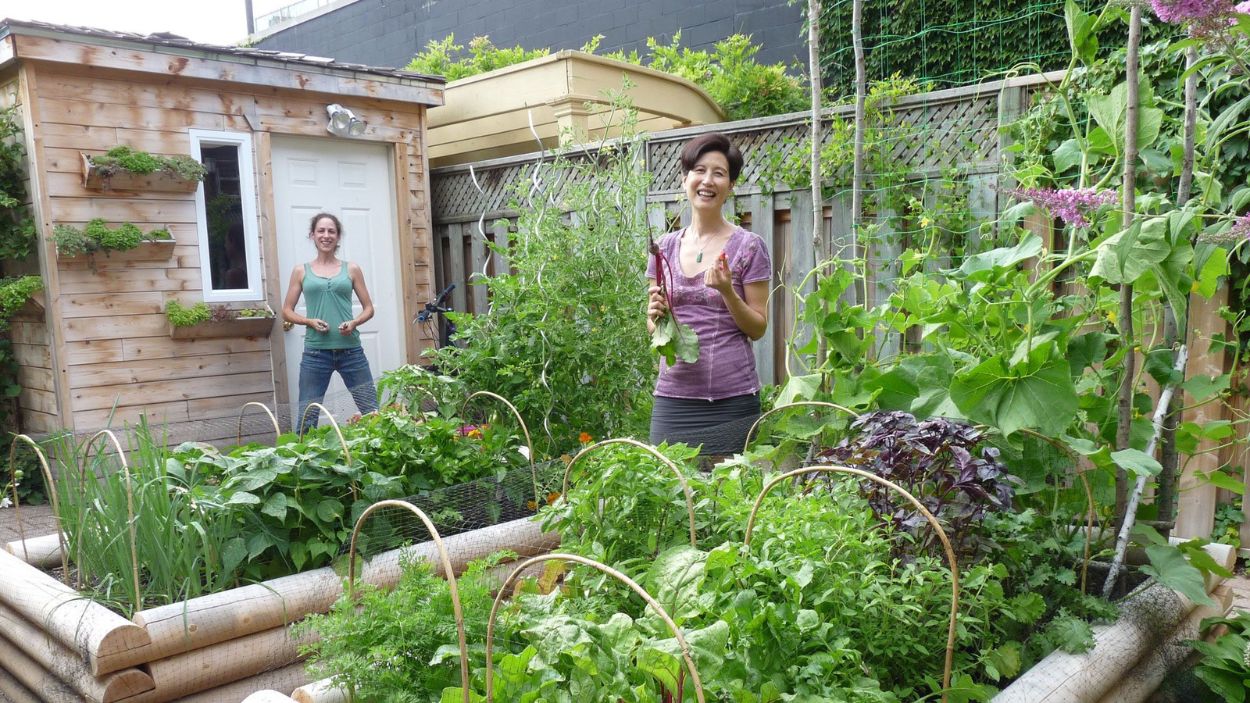
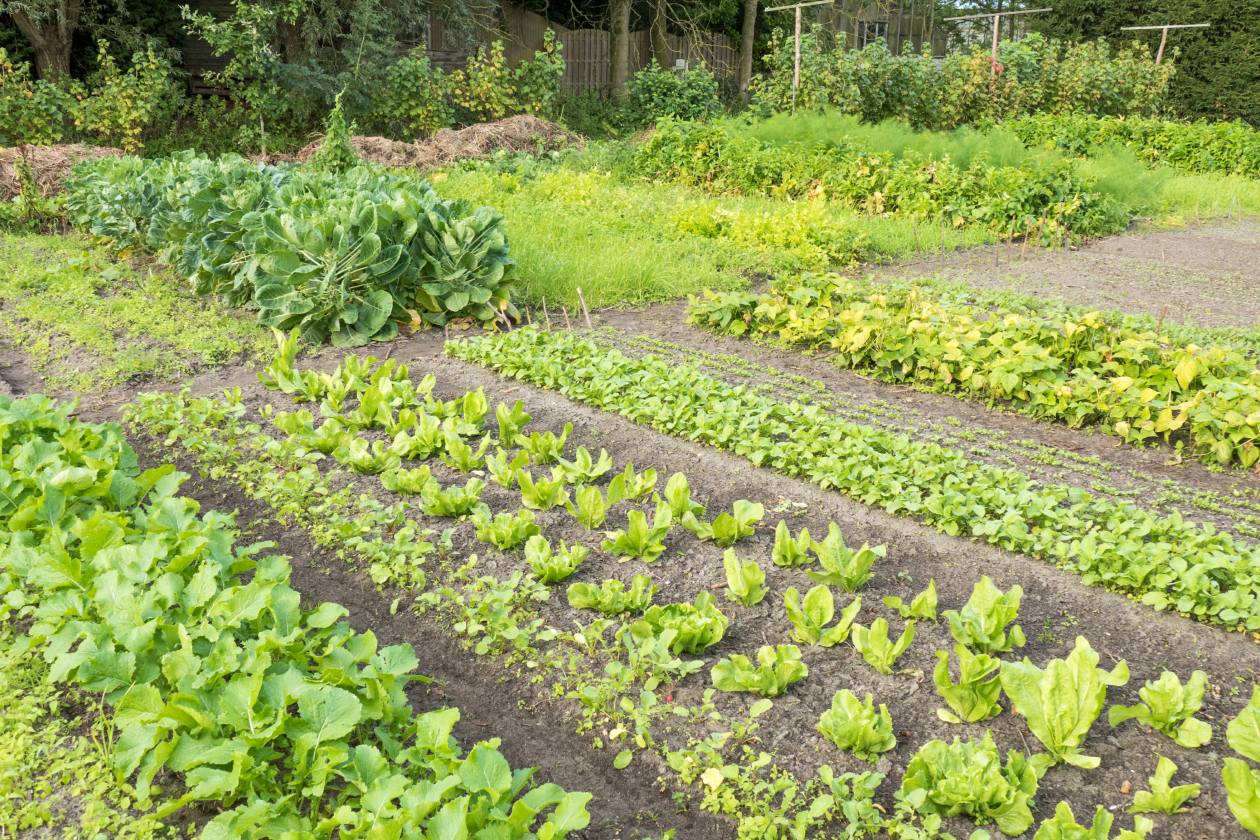
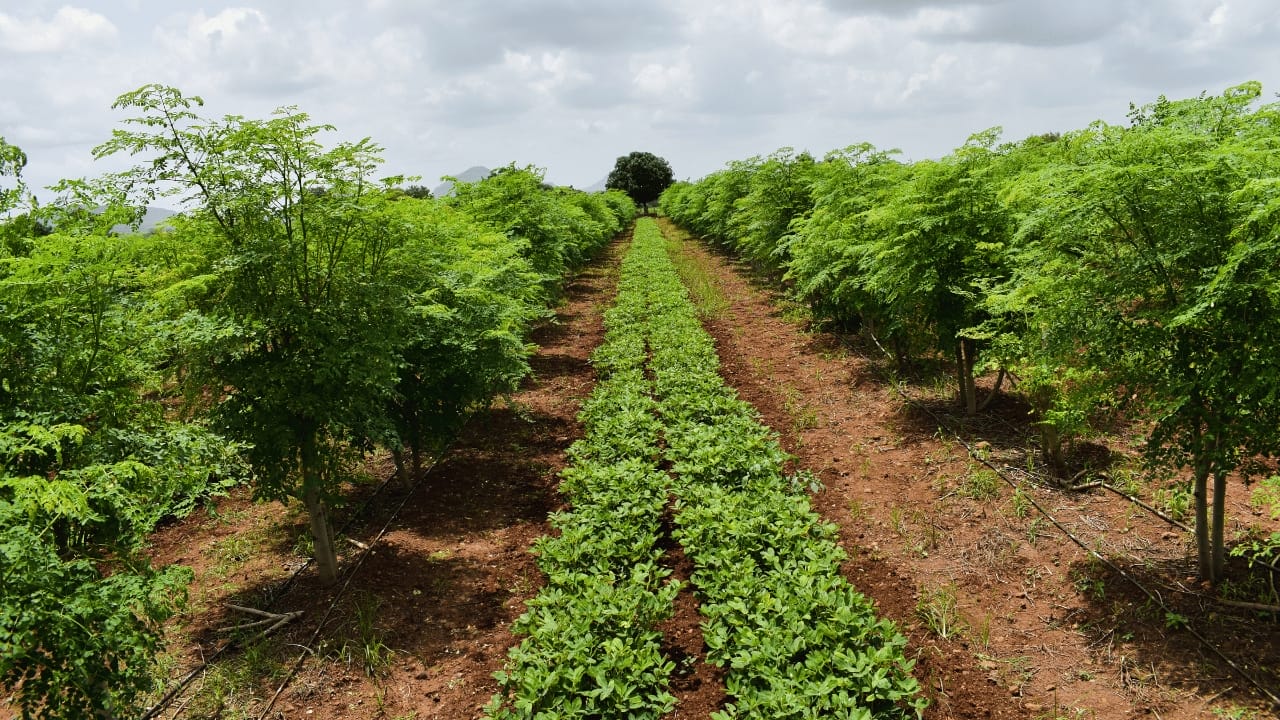

0 thoughts on “Crop Rotation: What To Plant After Carrots”